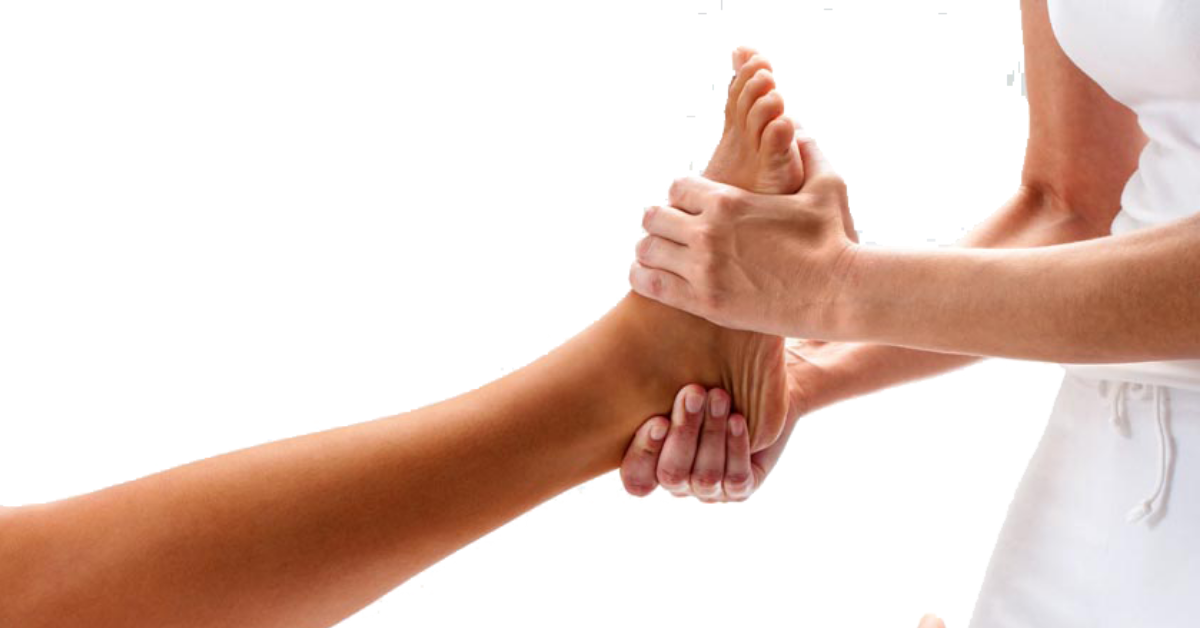There’s too much confusion about reflexology in the minds of many across the world. Most of the establishments that train individuals in massage either don’t teach reflexology or teach very little. It, therefore, doesn’t come as a surprise that most practitioners have wrong notions about this holistic therapy. They think that reflexology is simply the application of static pressure during massage sessions. Massage therapy defined by the licensing laws is different in different places of the world. In general, it is described as a systematic manipulation of certain soft tissues present in the human body.
Western reflexology
Massage and reflexology differ in their intent. If you happen to observe a reflexologist in action this is something that might not be readily discernible. It is quite similar to differentiating between a family doctor and a cardiovascular surgeon. In a way, they’re both physicians. They’re issued licenses under the same health department. The difference is in their work and their intent of work.
You need to understand the main intent of classic Western techniques of massage. It is to relieve the tension within the body’s soft tissue. These techniques of massage can reduce pain, enhance circulation, and improve posture and structural function. The result is physical, emotional, and mental relaxation. The major focus during the sessions is on the points linked to various organs and glands in the body.
There’s a mechanism reflexology relies on for enhancing the internal structures of the body. It is the systematic application of alternating pressure to the tissues of feet or hands. Reflexology takes a holistic approach. It treats the entire body as opposed to focusing only on the area in question.
The sensory nerve pathways are stimulated during the sessions using very specific techniques. Messages are thus sent to the brain, which instructs different glands and organs to alter the release of chemicals.
The untrained reflexologists
Many therapists massage the feet by pressing their thumbs into certain areas occasionally. Most of them are not trained in reflexology. Reflexology sessions often involve the use of alternating pressure. This is a technique that ‘talks’ to the brain. In a way, it carries a greater possibility of the recipient feeling relaxed later. There’s an absence of alternating pressure in massage therapy.
It doesn’t provide the kind of neurological environment necessary for the internal benefits. This neurological environment is not created in reflexology by applying deep pressure. If such pressure is applied, it would only cause pain to the recipient. The size of the nerve endings determines the corresponding effect on the intended body part.
Many individuals like to undergo reflexology sessions at world-class resorts and spas. In many of these spas and resorts, a simple foot massage is passed off as reflexology. The recipients who realize this become quite vocal with their discontent. As these unpleasant incidents increase, experienced reflexologists are contacted for training the staff.
This unethical practice of naming foot massage as reflexology must be stopped. If the staff is not trained in reflexology, it’s always better to call foot massage just that. This is the only way that the spa and resorts can avoid causing harm to their reputation.


